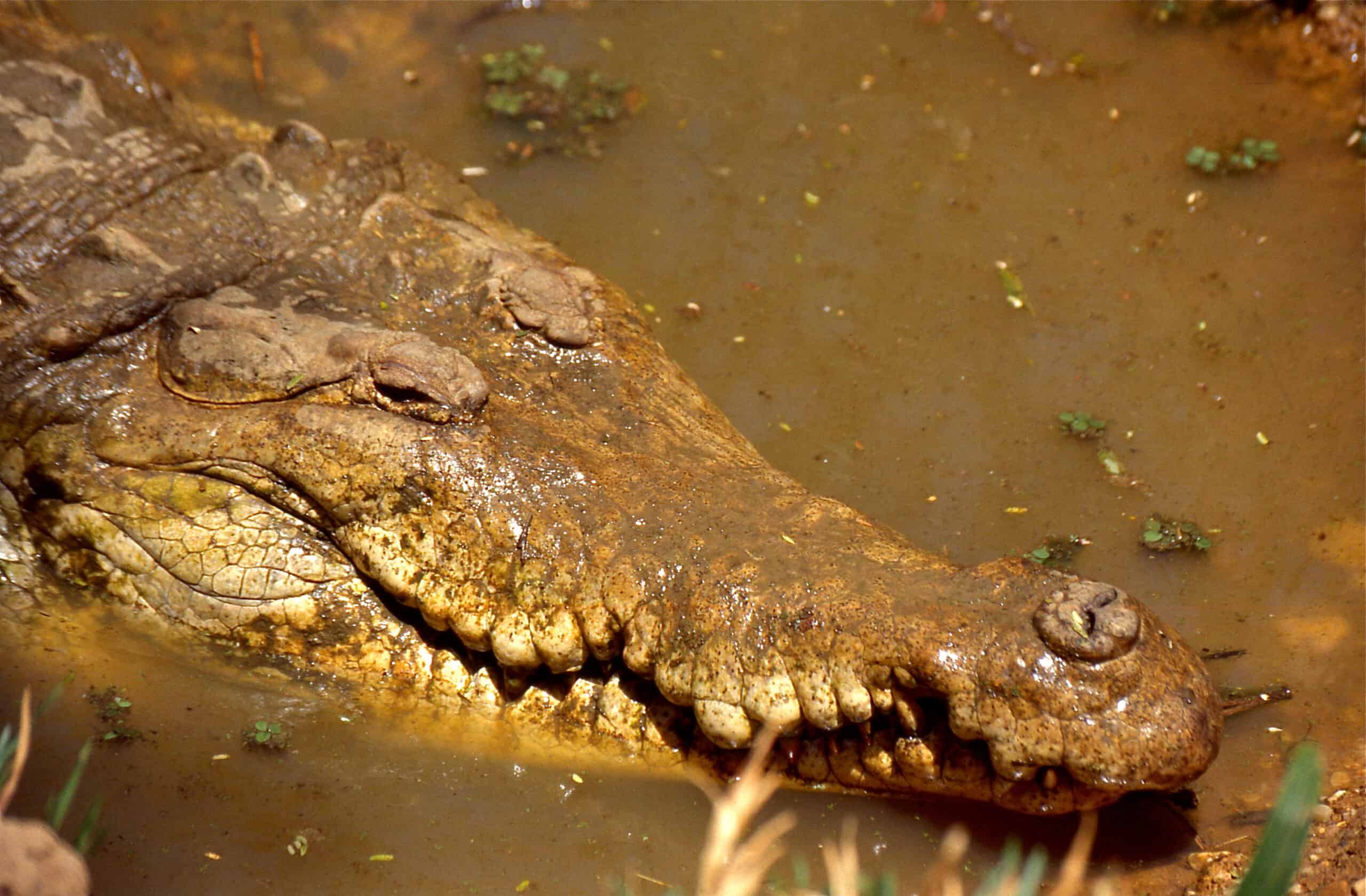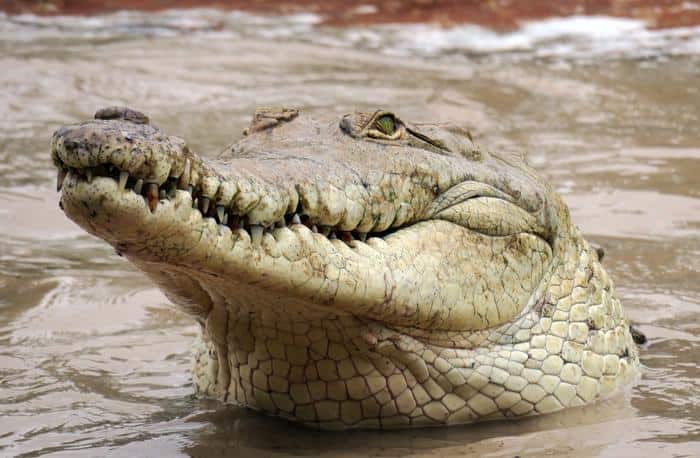Native to the Orinoco River Basin in South America, the Orinoco crocodile — one of the largest crocodile species in the world — is now in a dire situation. But without a conservation project, it could have been already extinct.
The Orinoco crocodile ranks among the largest living reptiles. In the past, some specimens were spotted at over 6.8 m (22 ft 4 in) long and over 900 kg (2,000 lb) heavy, but in recent decades, the crocodile population has been in dire straits.
The population dropped dramatically in recent years due to commercial overexploitation of its skin, highly sought after by the fashion industry of Europe, the United States, and Japan in the 20th century. Yes, it’s one of those examples where fashion is literally causing extinction.
It is currently estimated that fewer than 250 adults exist. Now, researchers in Colombia are attempting to save the Orinoco crocodile from extinction through a novel breeding program. But without a previous conservation program, the species may have already been gone.
Saving the crocs
Some 50 years ago, herpetologist Federico Medem had a painful realization. Without a captive breeding program, the Orinoco crocodile would probably go extinct. So Medem set up a sanctuary for them.
Since 1971, the Roberto Franco Tropical Biological Station (RFTBS) in Villavicencio, Colombia, has been home to a captive breeding program for the Orinoco crocodiles. Over 600 individuals are currently being cared for at the RFTBS, making it the world’s largest stock of this species and the only one in the country.
There may be more adult crocodiles in the sanctuary than in the wild. In fact, without the sanctuary, there may not have been any wild population.

When a species gets very close to extinction, it runs into an additional problem: its genetic diversity becomes very low. If the diversity falls below a specific threshold, the species may no longer be viable.
A study published in the journal Nature Conservation researched the genetic diversity of the crocs in the sanctuary and showed that they’re playing a big role in saving the species from extinction. The study concentrates on captive-bred population genetic diversity and compares those to the wild population using various genetic tools.
The researchers found Orinoco crocodiles raised in captivity can serve as a genetic reservoir that could prevent the extinction of the wild population. There’s an encouraging sign for the breeding program: the captive-bred population has the same genetic diversity as the wild population.
Using genetics to save endangered species
The use of genetic tools managing endangered reptile populations bred in captivity is rare. The success of a breeding program for the endangered Orinoco crocodile in Colombia relies heavily on these findings.
“We felt a sense of urgency to determine the genetic viability of the population in order to proceed with the reintroduction of animals and establish new populations of the species in Colombia,” said Ana María Saldarriaga, a former researcher at the Universidad Nacional de Colombia who is currently pursuing a Ph.D. at Fordham University.
“Therefore, we conducted a comprehensive genetic characterization using fast-evolving molecular markers on a sample of 551 crocodiles. Our findings showed that the individuals within the population possess sufficient genetic diversity and are suitable for reintroduction efforts, as well as for maintaining and enhancing the genetic variability of the ex-situ population.”
Reintroducing these animals back into the wild has proven difficult despite the success of captive breeding programs. The lack of a complete genetic characterization makes it difficult to tell if a population is healthy and free of inbreeding, two factors that reduce fitness. A thorough and conclusive genetic assessment verifying the genetic health and viability of the population is essential for a successful reintroduction.
“(T)he reintroduction of the Orinoco crocodile to the Orinoco region is an urgent priority,” said Mario Vargas-Ramírez, professor at the Genetics Institute of the Universidad Nacional de Colombia and director of the RFTBS. “(A)s the Orinoco crocodile is considered an umbrella species, its recovery and conservation efforts will have a positive cascading effect, protecting a large number of species that coexist in the same environment.”



